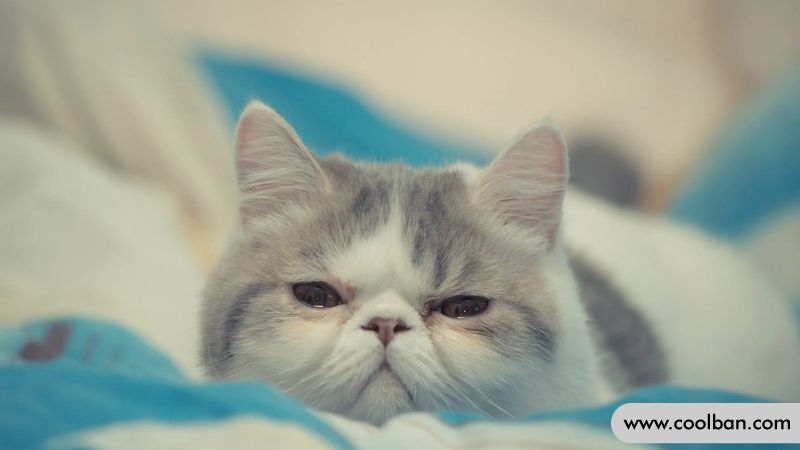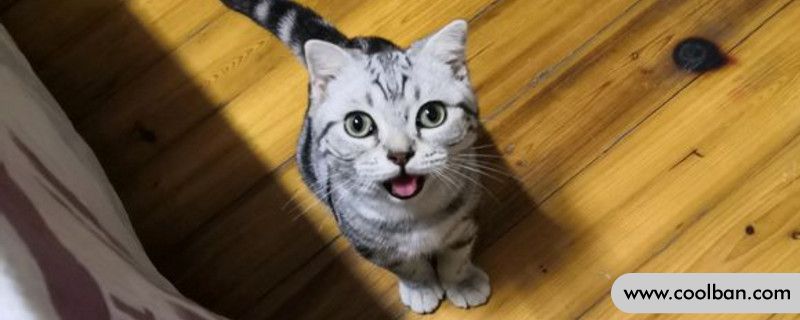What are the symptoms of ringworm in cats?
The first symptoms of ringworm in cats are hair loss, scaling, and crusting. The initial characteristic of ringworm in cats is round or irregular hair loss. At the same time, the surface of the infected skin is accompanied by scaly or erythematous bulges, and some will form crusts. It is recommended to take the cat to the pet hospital in time for skin care. Scraping examination, symptomatic treatment after diagnosis. In addition, the treatment cycle of cat ringworm is long, it is recommended to insist on taking the medicine until full recovery, and it is recommended to wear a collar during treatment to prevent licking.

What are the symptoms of cat ringworm?
When a cat is infected with ringworm, the coat becomes dull, rough, and sheds a lot. At the same time, the skin will appear red and swollen, circular ringworm spots, dandruff and other symptoms. Due to the intense itching, cats will scratch frequently. Therefore, after a cat suffers from feline ringworm, the owner needs to isolate the cat first, and then treat it with antifungal drugs. In addition, cat ringworm is a zoonotic disease, so owners should pay attention to self-protection in the process of treating cats.
Why do cats get ringworm?
Ringworm is a skin disease caused by fungal infections, including tinea pedis, Trichophyton, and Microsporum gypsum. Ringworm is common in cats on the face, limbs and tail. The affected area is round or oval, and the affected area falls off or cracks, and the surface is accompanied by scales. When a cat is infected with ringworm, it is recommended to put an Elizabeth ring on the cat in time. The owner can wear gloves when administering medicine to the cat to avoid infecting other parts of the cat's body or the owner.

How to quickly treat cat ringworm?
When cats get ringworm, the recovery time can be shortened with antifungal treatments, skin nourishment, and medicated baths. For cats, a spray containing terbinafine can be used topically, and in severe cases, an oral medication containing itraconazole can be used. At the same time, the skin barrier can be improved by supplementing with essential fatty acids. If the cat has been fully vaccinated, regular medicated baths can also greatly shorten the treatment period.
